Tribute to Queen Elizabeth II
Elizabeth II, Queen of the United Kingdom of Great Britain and Northern Ireland from February 6, 1952, to September 8, 2022, was Elizabeth Alexandra Mary, also known as Elizabeth II, by the Grace of God, of the United Kingdom of Great Britain and Northern Ireland and of her other realms and territories Queen, Head of the Commonwealth, Defender of the Faith (born April 21, 1926, London, England—died September 8, 2022, Balmoral Castle, Aberdeenshire, Scotland). She overtook Victoria in 2015 to become the queen with the longest reign in British history. Her son King Charles made a statement on his mother’s death “We mourn profoundly the passing of a cherished sovereign and a much-loved mother.” (BBC 2022)
Formative days
Prince Albert, duke of York, and his wife, Lady Elizabeth Bowes-Lyon, had an older daughter named Elizabeth. Since she was the daughter of King George V’s younger son, Elizabeth had little chance of inheriting the kingdom until her uncle Edward VIII, who would later become the duke of Windsor, abdicated on December 11, 1936, making her father King George V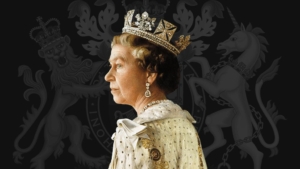 I and her the presumed successor. The princess’s education was overseen by her mother, who left her daughters in the care of a governess named Marion Crawford. C.H.K. Marten, who would later become the provost of Eton College, also provided the princess with a foundation in history, and she received instruction in music and foreign languages from visiting teachers. She and her sister, Princess Margaret Rose, were forcibly removed from their parents and forced to spend most of their time living in Balmoral Castle in Scotland, the Royal Lodge in Windsor, and Windsor Castle during World War II. (Encyclopedia Britannica 2022)
I and her the presumed successor. The princess’s education was overseen by her mother, who left her daughters in the care of a governess named Marion Crawford. C.H.K. Marten, who would later become the provost of Eton College, also provided the princess with a foundation in history, and she received instruction in music and foreign languages from visiting teachers. She and her sister, Princess Margaret Rose, were forcibly removed from their parents and forced to spend most of their time living in Balmoral Castle in Scotland, the Royal Lodge in Windsor, and Windsor Castle during World War II. (Encyclopedia Britannica 2022)
Princess Elizabeth traveled to South Africa at the beginning of 1947 with the king and queen. Following her return, news of her engagement to Prince Philip of Greece and Denmark’s distant cousin Lieutenant Philip Mountbatten of the Royal Navy was made public. On November 20, 1947, the wedding took place in Westminster Abbey. The groom was given the titles of duke of Edinburgh, earl of Merioneth, and baron Greenwich on the eve of the wedding by her father, the monarch. They settled in at London’s Clarence House. On November 14, 1948, at Buckingham Palace, Prince Charles (Charles Philip Arthur George) was born.+
Throne-related events
King George VI’s health began to seriously deteriorate in the summer of 1951, thus Princess Elizabeth stood in for him at the Trooping of the Colour and other formal occasions. She and her husband embarked on a tremendously successful tour of Canada and Washington, D.C., on October 7. 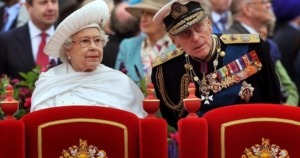 Following Christmas in England, she and the duke left on a tour of Australia and New Zealand in January 1952. However, when traveling through Sagana, Kenya, word of the king’s passing on February 6, 1952, reached them. Now queen, Elizabeth immediately took a flight back to England. During the first three months of her reign, which served as a time of complete grief for her father, she lived relatively alone. She took up the normal responsibilities of the monarch in the summer, nevertheless, and on November 4, 1952, she performed her first state opening of Parliament after moving from Clarence House to Buckingham Palace. On June 2, 1953, she was crowned at Westminster Abbey.
Following Christmas in England, she and the duke left on a tour of Australia and New Zealand in January 1952. However, when traveling through Sagana, Kenya, word of the king’s passing on February 6, 1952, reached them. Now queen, Elizabeth immediately took a flight back to England. During the first three months of her reign, which served as a time of complete grief for her father, she lived relatively alone. She took up the normal responsibilities of the monarch in the summer, nevertheless, and on November 4, 1952, she performed her first state opening of Parliament after moving from Clarence House to Buckingham Palace. On June 2, 1953, she was crowned at Westminster Abbey.
A six-month round-the-world trip of the Commonwealth was undertaken by the queen and the duke of Edinburgh beginning in November 1953. This voyage featured the first visits to Australia and New Zealand by a reigning British monarch. She and the duke traveled to Canada and the United States in 1957 after making state visits to a number of European countries. She was the first reigning British queen to visit South America (in 1968) and the nations of the Persian Gulf (in 1961), and she undertook the first royal British trip to the Indian subcontinent in fifty years (in 1979). She traveled
extensively throughout Great Britain and Northern Ireland during her “Silver Jubilee” in 1977, presided over a dinner in London attended by the 36 leaders of the Commonwealth, and made trips to the South Pacific and Australia, Canada, and the Caribbean.
Prince Charles, who has proclaimed Prince of Wales on July 26, 1958, and who was invested with that title on July 1, 1969, became the heir apparent upon the accession of Queen Elizabeth. Prince Andrew (Andrew Albert Christian Edward), born February 19, 1960, and created duke of York in 1986; Prince Edward (Edward Anthony Richard Louis), born March 10, 1964, and created earl of Wessex and Viscount Severn in 1999; and Princess Anne (Anne Elizabeth Alice Louise), born August 15, 1950, and created princess royal in 1987. All of these children were given the surname “of Windsor,” but in 1960 Elizabeth made the decision to give additional offspring who were not given the titles of prince or princess or royal highness the hyphenated name Mountbatten-Windsor. On November 15, 1977, Princess Anne’s son, Elizabeth’s first grandchild, was born.
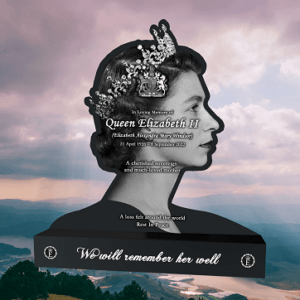 The affection Forever Shining has for the Queen
The affection Forever Shining has for the Queen
Forever Shining is always excited to honor people who have contributed in some manner to this world. As a result, we (forever shining) have made a headstone this time in honor of the magnificent queen, which was designed by our designer.
Summary
Elizabeth II, the full name Elizabeth Alexandra Mary, reigned as Queen of the United Kingdom from 1952 to 2022. She was born on April 21, 1926, in London, England, and died on September 8, 2022, at Balmoral Castle, Aberdeenshire, Scotland. When her uncle Edward VIII abdicated and her father succeeded him as king as George VI, she assumed the role of heir apparent. She wed Philip, the duke of Edinburgh (1921–2021), a distant relative, in 1947, and the couple had four children together, including Charles, who would become the next monarch in 2022. When her father died in 1952, she ascended to the throne. She favored simplicity in court life and showed a growing awareness of the monarchy’s contemporary function. She also showed a keen interest in governmental affairs. The highly publicized marital problems of two of the queen’s sons and the passing of Diana, Princess of Wales, caused the monarchy to have problems in the 1990s. In 2002, the queen’s mother and sister both passed away within a two-month period. In 2015, Elizabeth became the queen with the longest reign in British history. In 2022, she will celebrate her “Platinum Jubilee,” which will mark her 70 years in power.
References
- BBC. 09 22. Accessed 09 22, 2022. https://www.bbc.com/news/uk-61585886.
- Encyclopedia Britannica. 09 08. Accessed 09 09, 2022. https://www.britannica.com/biography/Elizabeth-II.

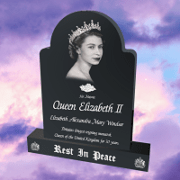
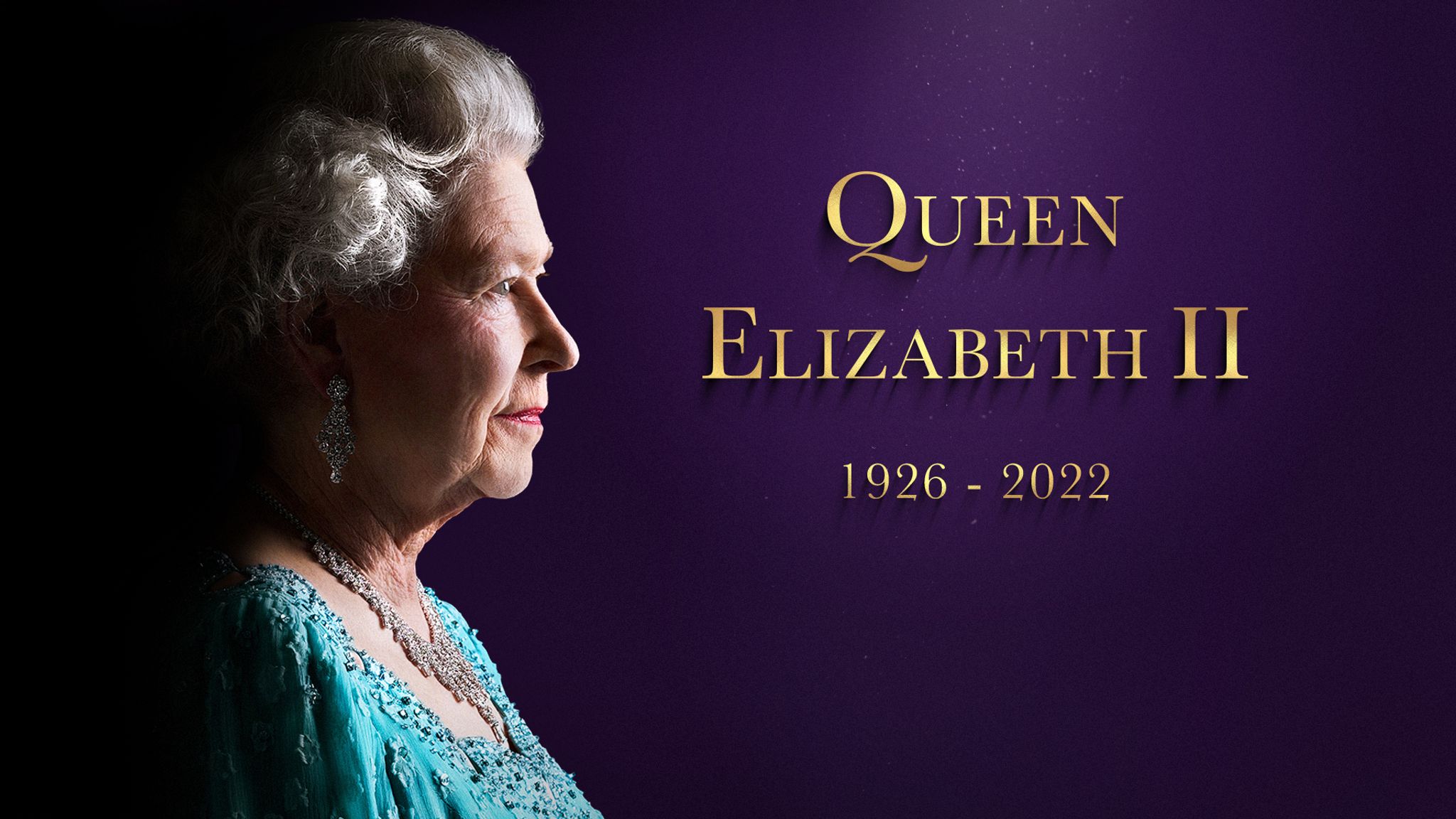
 Forever Shining
Forever Shining